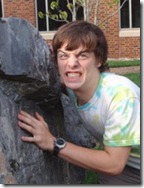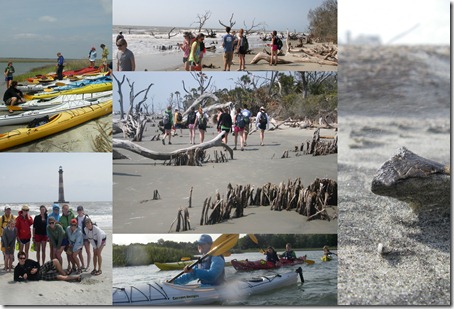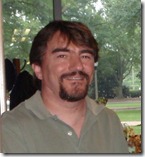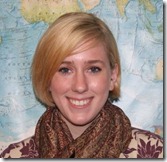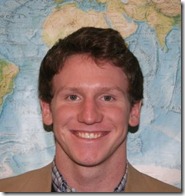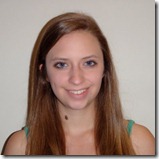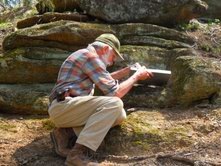When I arrived in Panama two years ago as an Environmental Health volunteer, I had just graduated from Furman in June of 2007 with a double major in Political Science and EES.
After two months of in-country training, I was placed in an indigenous community of 200 people tucked in the mountains of the Bocas del Toro region an hour-long hike from the nearest road. There were striking cultural differences: families struggled to live by subsistence farming, most women started having children in their mid-teens, and the majority of my people were illiterate. Yet, I still managed to find a niche. I was re-named “Chebi” in the indigenous dialect and soon became nurse, loan agent, and a source of entertainment for miles around.
One of my main assignments was to improve local water and sanitation. Although my community had plenty of water year-round (thanks to frequent downpours that left a layer of mildew on everything from my pillow to my passport), poor sanitation conditions led to endemic parasite infections. For my townspeople this resulted in malnutrition, stunted growth, occasional violent illness, and twice during my service led to the death of a young child. Although I treated my own hut’s water with chlorine, even I contracted parasites a handful of times.
Since my town used the surrounding fields and streams as public toilets, a seemingly easy solution was to build latrines. I quickly discovered, however, there were no easy answers. My community viewed collecting a big hole full of human waste underneath a latrine as disgusting, and complained about the smell and flies. I built latrines with ten families, but only two were being used when I finished my service. I have hope that in the coming months and years more families will make the transition to using the new sanitation infrastructure they worked so hard to help me build.
Photo Captions: (left to right) My first finished latrine; Coloring sheet activity for kid’s class with a hand washing theme; Hiking to my village in Furman T-Shirt; Kids lining up for a drink after I installed running water in my hut; My town from above, with the Caribbean in the distance
My efforts at health education, especially with the children of my community, were much more successful. I started a weekly kid’s class, which featured garbage pick-ups, hand washing, and health-themed coloring sheets. For children who grew up so poor their families could rarely afford soap, many would come up to me during class with shining eyes so I could smell the soft scent on their clean hands.
Although I have been back in the states for two weeks now, I still feel stuck between two worlds. Although I am excited to be back in the land of electricity, delicious food, and English-speakers, I miss hiking into town in my knee-high rubber boots and hearing kids excitedly shout my name from every direction. I miss sitting in my hammock after a long, tiring day of building latrines or hauling materials. I miss feeling such a deep sense of purpose.
I will not pretend that during the past two years I did not spend a great deal of time frustrated with slow progress, sick with parasites and daydreaming of the life I had left at Furman just a few short months before I arrived in Panama. But I will say that if given the choice, I would do it all over again—for America, for my little town on the side of a Panamanian mountain, but most of all for myself.
-Jen Holden
 Cameron Tommey, a graduating senior EES major from Columbus, GA., has been awarded a Compton Mentor Fellowship that will allow him to pursue a yearlong project related to the environment following graduation. Cameron will use his $35,000 fellowship to implement a one-year project entitled, “Sustainability and Reforestation in the Comotan Region of Guatemala: A Community-Based Approach.”
Cameron Tommey, a graduating senior EES major from Columbus, GA., has been awarded a Compton Mentor Fellowship that will allow him to pursue a yearlong project related to the environment following graduation. Cameron will use his $35,000 fellowship to implement a one-year project entitled, “Sustainability and Reforestation in the Comotan Region of Guatemala: A Community-Based Approach.”